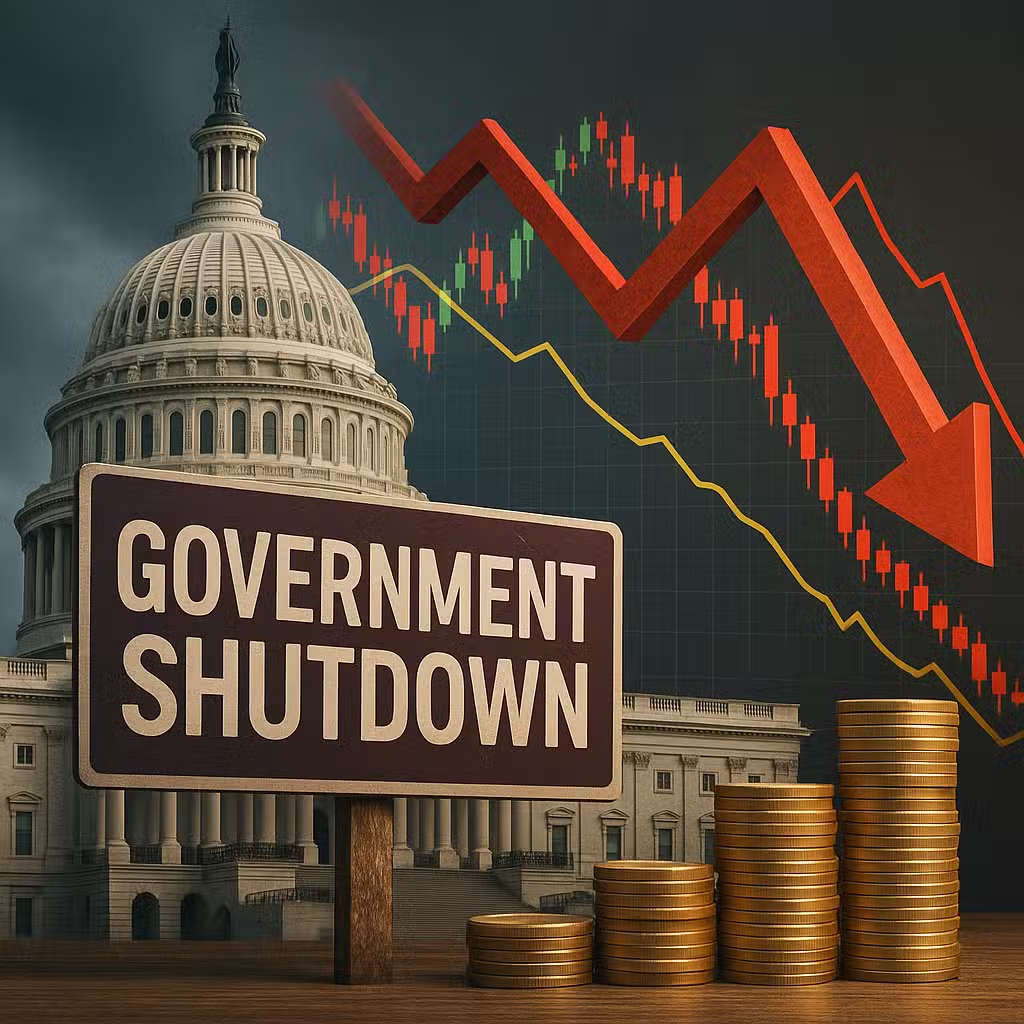September 2025 Inflation Data: Key Trends Investors Should Watch for Market Impact
Imagine going to the grocery store and seeing your favorite snacks cost a bit more each week. That’s what inflation feels like—your money doesn’t stretch as far as it used to. For investors, this news is like noticing a leak in your boat: you need to know if it’s getting worse or if you can patch it up before it causes real trouble.
What’s Happening With Inflation?
In September, prices in the U.S. went up by 3% compared to the year before, according to the Bureau of Labor Statistics. This is a little higher than August, but not as bad as some experts thought it might be. The cost of things like food, clothes, and especially gasoline jumped—gas prices alone rose 4.1% from the previous month.
The “core” inflation rate, which ignores food and energy because they bounce around a lot, also rose by 3%. This shows that price increases are pretty broad, not just about one or two things getting more expensive.
Inflation matters to investors because it can eat into profits, lower the value of cash, and make certain types of investments riskier or safer. For example, high inflation can hurt people who own bonds or who keep a lot of cash, but it can help companies that can raise their prices easily.
Bulls: Reasons to Be Optimistic
- Some experts think inflation will slow down in the next year as one-time factors, like higher tariffs, fade away.
- The Federal Reserve might cut interest rates soon, which could help businesses and boost the stock market.
- Long-term inflation expectations are still under control, which means people aren’t panicking yet.
- Social Security payments will go up for about 75 million Americans in 2026, helping retirees keep up with rising costs.
Historically, after big inflation spikes, the U.S. economy has often managed to bring prices under control. For example, after inflation hit over 13% in 1980, it dropped below 4% by 1983 (Bureau of Labor Statistics).
Bears: Reasons to Be Cautious
- Inflation is still above the Federal Reserve’s target of 2%, and it’s been stuck near 3% for a year.
- Higher tariffs on imports are making everyday goods like clothes, furniture, and coffee more expensive.
- Experts warn that the average household might pay about $1,800 more each year if current tariffs stay in place (Yale Budget Lab).
- Businesses may pass on even more of these costs to shoppers if tariffs remain high.
- If inflation stays high, the central bank may have to keep interest rates higher for longer, which can slow down the economy and hurt stocks.
What About the Fed and Interest Rates?
The Federal Reserve is expected to cut interest rates by a quarter point soon, hoping to help the economy. But some worry that lowering rates when inflation is still high could keep prices rising. It’s a tricky balance: cut rates to boost growth, or keep them high to fight inflation?
With the government shutdown, there’s less economic data than usual, making it harder for the Fed to decide what to do next. Still, they’re likely to stick with their plan for now, unless new data shows something unexpected.
Investor Takeaway
- Watch inflation reports closely—higher prices can affect your investments and your daily budget.
- Diversify your portfolio by including assets that tend to do well during inflation, such as stocks in companies that can raise prices, or certain commodities.
- Keep an eye on interest rate changes; they can quickly shift which sectors do well and which struggle.
- Be cautious with cash and bonds, since inflation can eat away at their value. Consider short-term bonds or inflation-protected securities.
- Remember the big picture: Inflation has gone up and down many times before. Stay patient and make decisions based on your long-term goals.
For the full original report, see CNBC







